To best understand the roots of Iranian cinema, one must perhaps travel back to the early 20th century, when the Qajar monarch Mozaffareddin Shah was shown cinematographic footage during a visit to France. The cinematograph, invented in 1892, was the successor to the kinetoscope that granted viewers the ability to watch quality, illuminated images on a screen, as opposed to through Thomas Edison’s ‘peephole’. Enraptured by the projected pictures of ships crossing the River Seine, street scenes, and camels traversing the Sahara, the Shah ordered his personal photographer, Mirza Ebrahim Khan ‘Akasbashi’ (lit. ‘Master Photographer’), to buy all the equipment necessary to bring film to Iran1. The first cinema there was opened in the backyard of an antique dealer in 1904, and soon afterwards, similar establishments cropped up all over Tehran. Such places were initially frequented by the upper classes, mainly, until cinema took over as the most popular form of entertainment, with ticket prices kept deliberately low in order to attract audiences from all backgrounds.
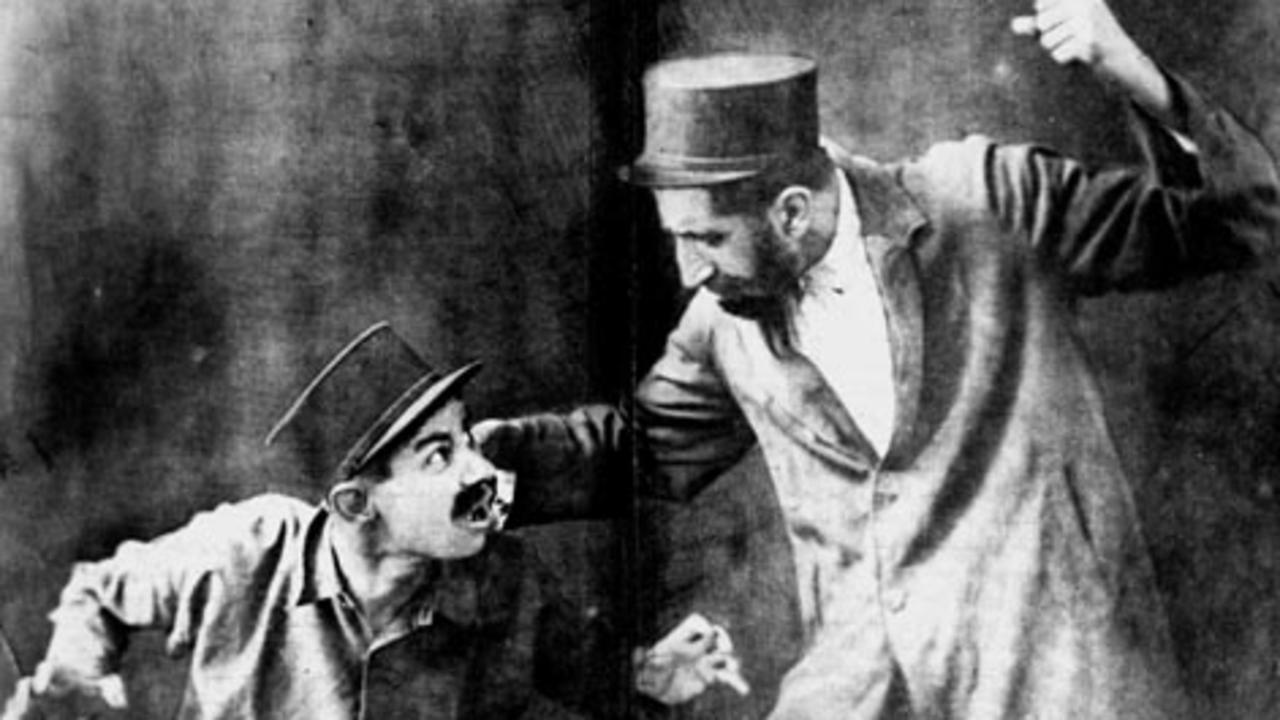
A still from Haji Agha, the Cinema Actor
This national interest in cinema also resulted in the opening of the first film schools, most notably Ovanes Ohanian’s Cinema Artist Educational Centre in 19302. An Iranian of Armenian origin, Ohanian had honed his skills at Moscow’s School of Cinematic Art, and was determined to establish a film industry in Iran. Ohanian went on to collaborate with a handful of his graduates on his first feature-length comedy, Haji Agha, Aktor-e Sinema (Haji Agha, the Cinema Actor, 1933), the follow-up to the commercially successful Abi o Rabi (Abi and Rabi, 1930). Haji Agha, starring the director himself, centred on a filmmaker’s attempts to film an unwilling subject, went as far as to praise the virtues of cinema itself. In Nader T. Homayoun’s 2006 documentary, Iran: A Cinematic Revolution, the film historian Mohammad Saninejad claimed that Haji Agha
… Argues cinema’s case eloquently. It presents this art as a modern, progressive tool, in contrast to traditionalist thoughts and values. Ohanian does not tell a story. He had the good idea of showing Iranians their world, setting up a dialogue between them, their thoughts, and the outside world.
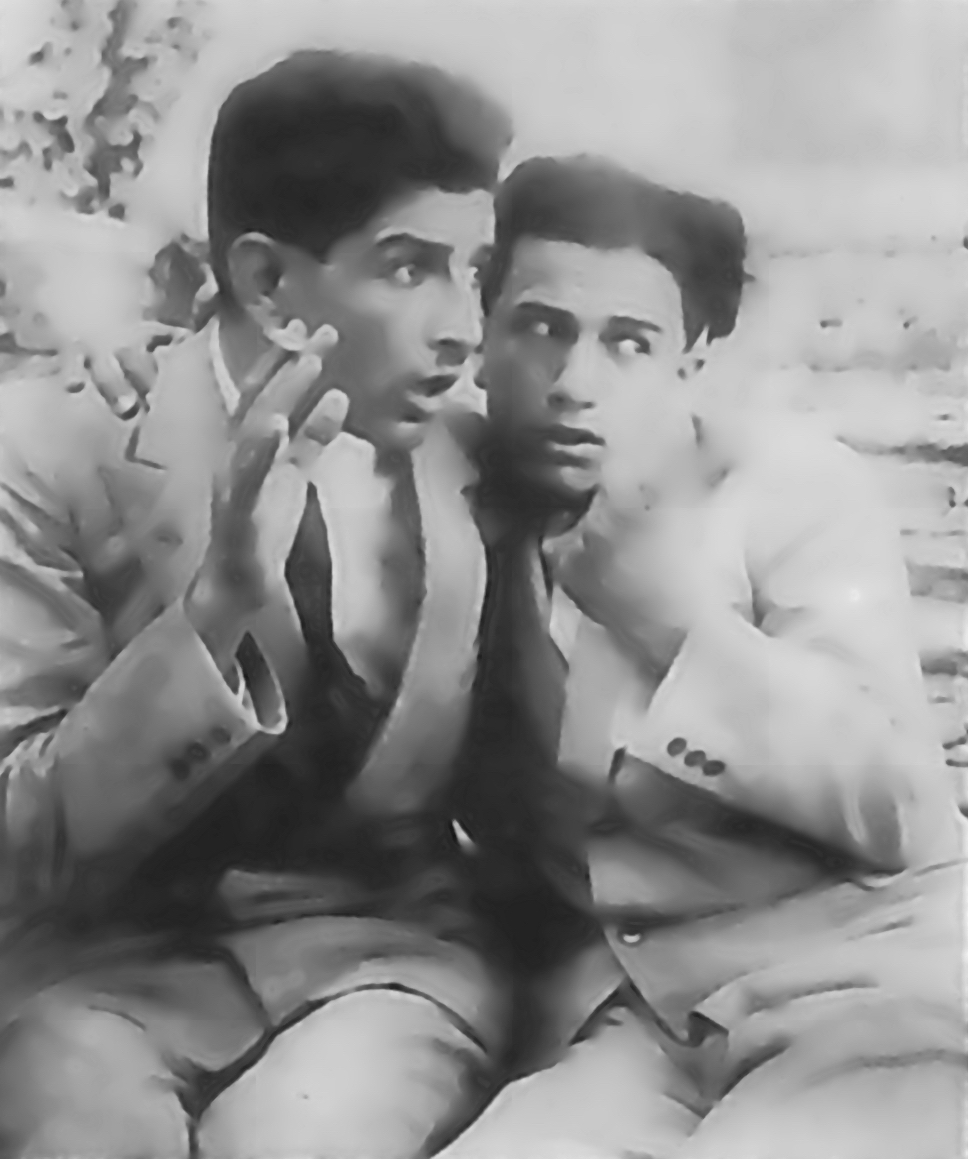
A still from Abi o Rabi
Despite its innovative approach to cinema, Haji Agha did not turn a profit, partly due to technical setbacks, and also because it happened to coincide with the release of the first audible Iranian film. Abdolhossein Sepanta, a student of Persian history and literature, developed an interest in the cinematic arts after travelling to India in the late 1920s to study Zoroastrianism and ancient Iranian culture with Parsi scholars. Upon his return to Iran, his 1932 film, Dokhtar-e Lor (The Lor Girl) heralded the advent of sound in Iranian films, and was well-received. Other filmmakers were inspired to try their hand as well, and by 1936, Sepanta had made four more pictures.
What followed afterwards was a relative period of inactivity in Iranian cinema, with strict government censorship, a lack of interest in the medium, and the country’s preoccupation with the Second World War all serving as contributing factors. As a result, the industry stagnated somewhat between the late 30s and 1950. Many industry professionals found themselves tasked with creating propaganda, or relegated to dubbing foreign films. It is also noteworthy that the Iranian filmmakers of the period were fixated on emulating Western cinema, with little interest in establishing a cultural identity of their own. Sepanta proved to be the exception to this rule, however, with Persian art, poetry, and dance finding their way into his films.
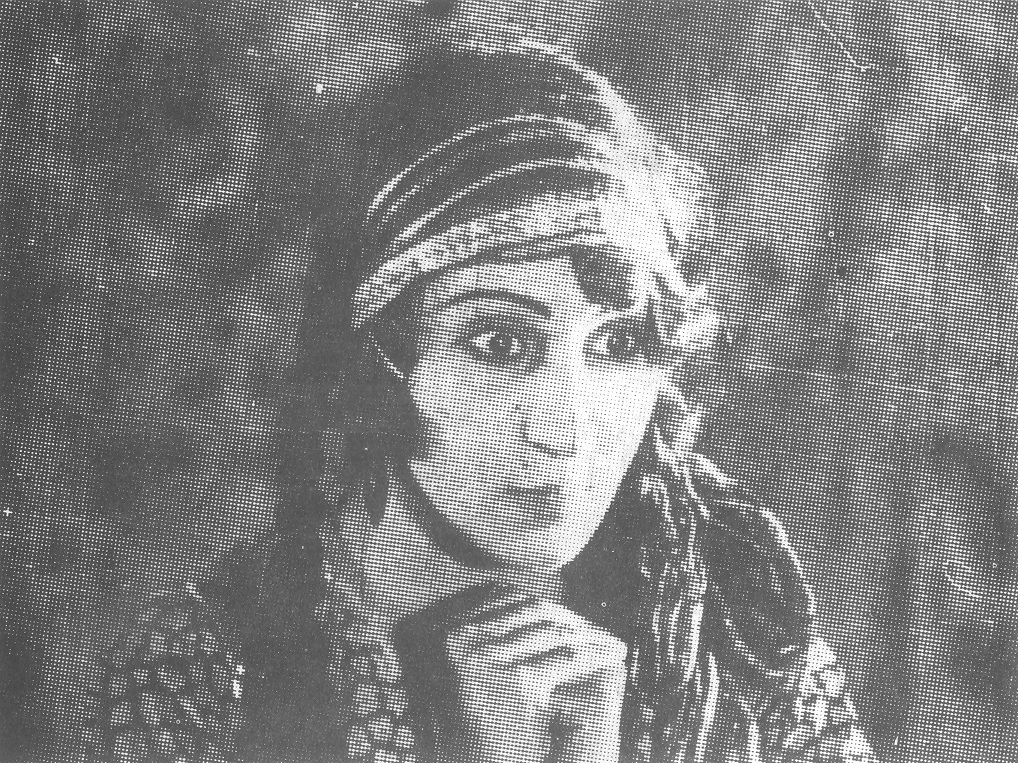
‘Jafar!’ (Rouhangiz Saminejad as the Lor Girl)
Modern Love
Reza Shah Pahlavi, who came to power in 1925, brought with him a desire for modernisation and Western values. Despite the development of railways, the education system, the banning of the chador, and the implementation of a Westernised dress code, the Shah had little interest in cinema. It was only during the reign of his son, Mohammad Reza Shah, that cinema came into its own. The introducer of the ‘White Revolution’ (Enghelab-e Sepid), which sought to put an end to feudalism, promoted cinema as a further step towards Westernisation, with a view to winning the favour of the lower classes. The result was that the 50s and 60s saw a deluge of cheaply-produced films that aped the styles of Indian and American cinema. These pictures, belonging to a genre known as Film Farsi, featured song, dance, and an air of Hollywood glamour that sought to convey a sense of extravagance. One such film, 1962’s Delhoreh (Anxiety), contributed to Iranian-Armenian director Samuel Khachikian’s title of ‘Iran’s Hitchcock’3. Displays of wealth, decadent sets, and women in low-cut gowns became de rigueur, and Westernised modernity continued with films such as Siamak Yasami’s Ganj-e Gharoon (Korah’s Treasure) in 1965, and Amir Naderi’s Khodahafez Rafigh (Goodbye, Friend) in 1970, both of which borrowed heavily from American aesthetics.
Continue reading
Lights, Camera, Revolution By Zara Knox
http://www.reorientmag.com/2016/04/history-of-iranian-cinema/
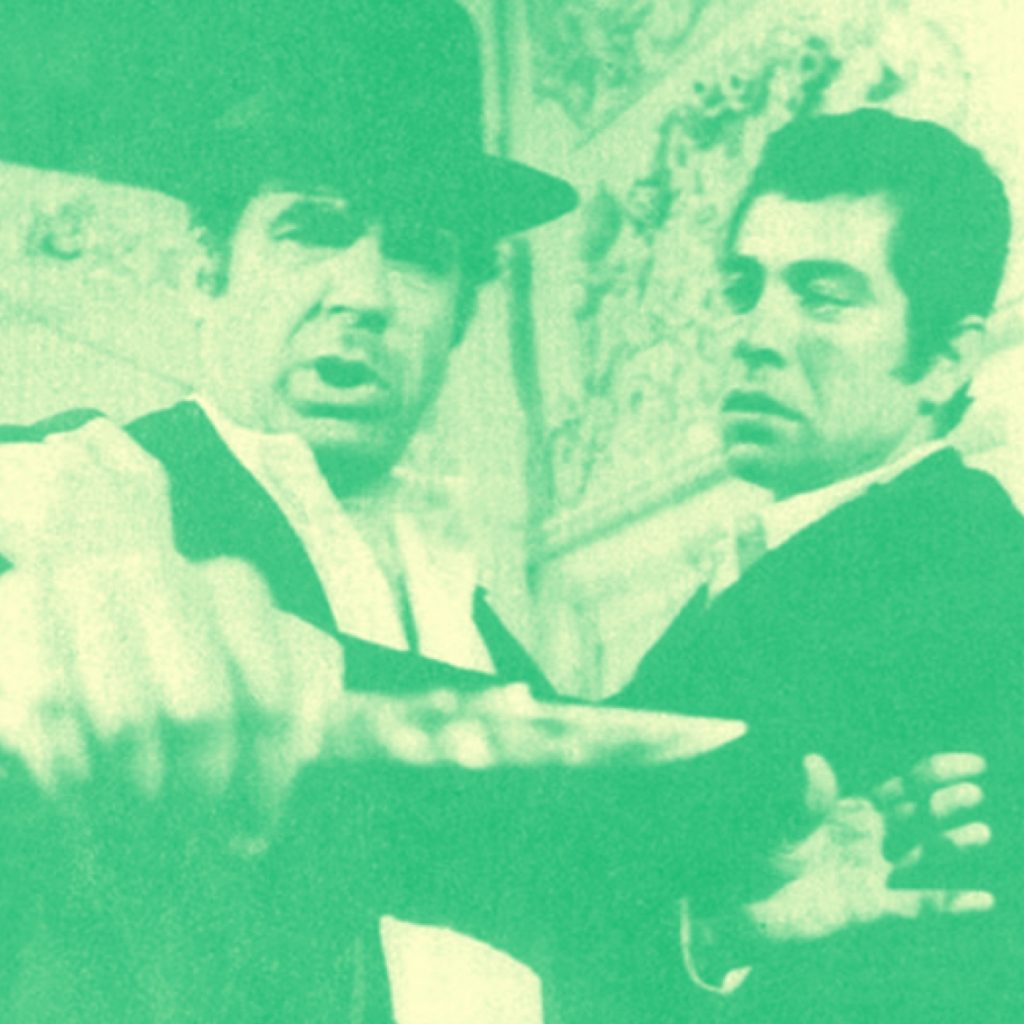
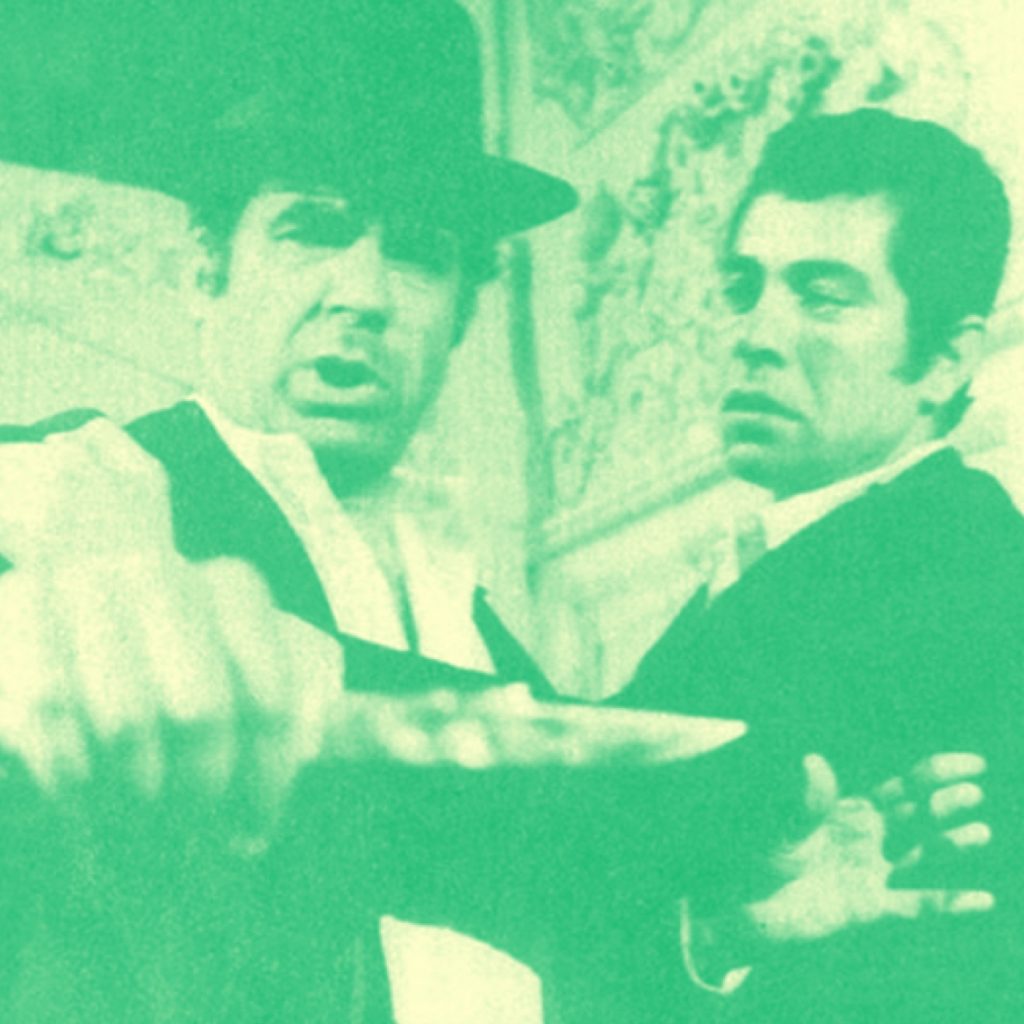
Leave a Reply